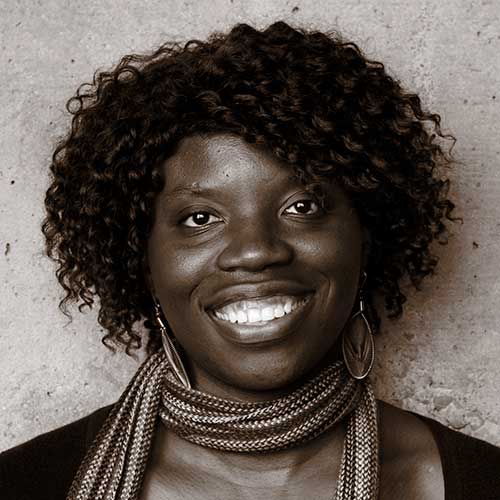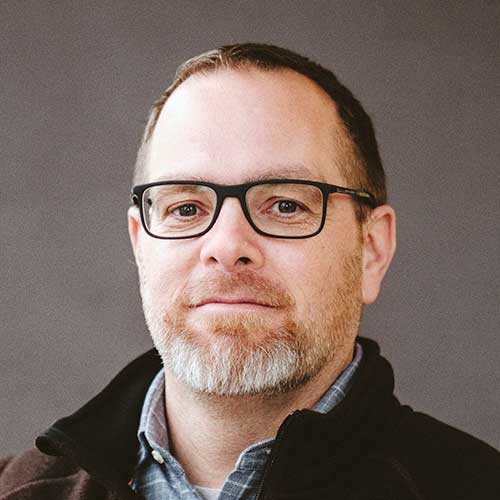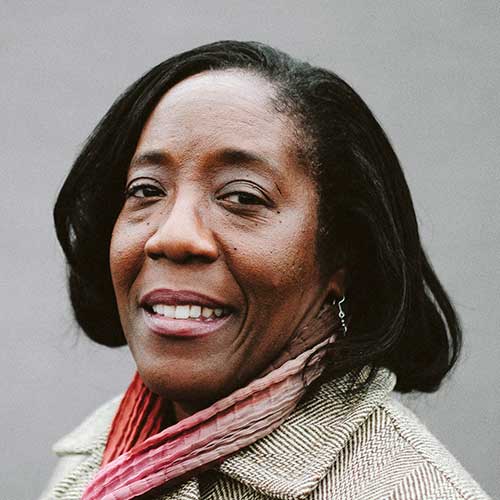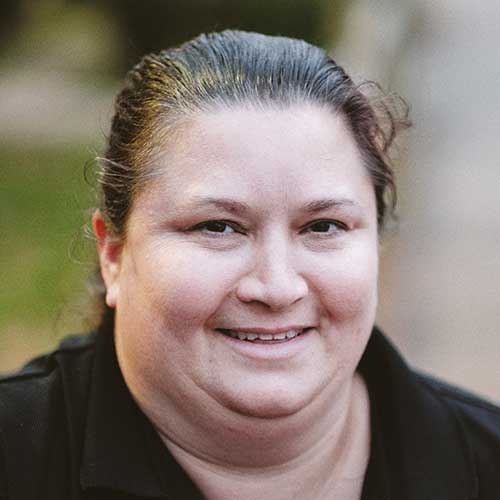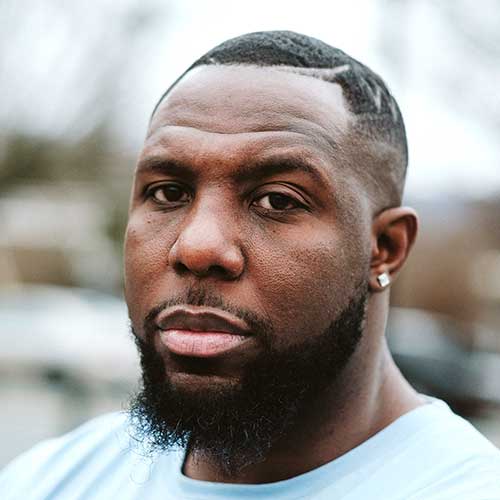PHA to buy Friendship Court, city funds $350K for redevelopment, PHA hires staff
Description
- In September, PHA announces plans to buy out the National Housing Trust and the Enterprise Preservation Corp. to obtain sole ownership over Friendship Court.
- In November, Council allocates $350,000 to PHA for the redevelopment planning process: $30,000 for a market study; $260,000 for a master plan; and $60,000 for support services.
- PHA hires Liz Ogbu to develop the plan. Ogbu recommends that a resident advisory committee be formed. Elections are held.
- PHA hires Claudette Grant to be the on-site community organizer and liaison for PHA.
- In December, PHA launches the master planning process.
- Wes Bellamy, a candidate for the City Council, says residents still want the fence removed around Friendship Court.
Quote
Truthfully, our vision is the vision of the people who live there. So we don’t come to this with a preconceived notion of what Friendship Court will be. Instead, we come with a faith in the people who live there and their ability to imagine what the future could be.
— Frank Grosch, former CEO of PHA.
People
How did you get involved in this project? Why were you hired?
Why did you feel that Claudette’s hiring as a community organizer was important to the process of redevelopment?
How did you get involved with the resident advisory committee?
How have you seen the community-engagement process evolve?
How did the Friendship Court resident advisory committee form?
How were members of the resident advisory committee chosen?
What is the purpose of the resident advisory committee?
What’s the role of Claudette Grant as community organizer?
How did the Youth Leadership Group evolve out of the election?
How have you seen the resident advisory committee evolve? When did you see them first experience really having a voice?
How did you come to be the community organizer at Friendship Court? Where have you worked prior to this job?
How does that building of trust impact the redevelopment planning process? How did that lead to the creation of the resident advisory committee?
How did you get involved with the resident advisory committee?
How have you seen the committee evolve over the years you’ve been involved?
What do you think of the Friendship Court redevelopment plan?
The Reimagining of Friendship Court
The redevelopment of Friendship Court is slated to be the largest new construction of low-income housing undertaken in Charlottesville in more than two decades. The plan alone is groundbreaking, having been directly created by current Section 8 residents in partnership with Piedmont Housing Alliance. City staff calls it the most nuanced and complex plan they’ve ever encountered. It ambitiously attempts to balance promises of zero resident displacement with the city’s broader affordable housing needs, while also calling for hundreds of new, likely higher-income, residents to move in, as residents hope to de-stigmatize the lasting effects of poverty born out of generations of racist government policy and neglect.
This year will be the make-or-break year for Friendship Court’s redevelopment efforts. Millions of dollars in city, federal, and private funding stand between the massive plan and the highly anticipated 2020 groundbreaking. And while the green lights have begun to align and most residents are excited, the plan has its critics — those who call for greater levels of resident autonomy, greater security measures to guard against social and cultural displacement, and greater reparations for past wrongs.
In crafting this project, we’ve tried to tackle all of this and more by separating the longer narratives into five major questions:
Part 1: What is the plan?
Part 2: How did we get here?
Part 3: Does mixed-income housing work?
Part 4: Who does Friendship Court belong to?
Part 5: What’s next?
But we also wanted to give you access to as much of our reporting as possible, so we’ve created a timeline that details the history of this area, dating back 150 years, through the use of more than 130 maps, documents, archived articles, and photographs. Similarly, we wanted you to actually hear each of the two dozen long-form interviews we conducted, and not merely the portions we’ve included in the individual stories. So we’ve included more than 300 audio clips throughout the story: in the articles, the timeline, and on each person’s profile page. Our hope is that with all this, more of the picture will begin to emerge, and that, as we stand ready to make powerful and significant changes in the city, we all can help craft the solutions.
